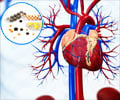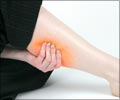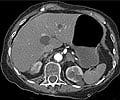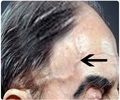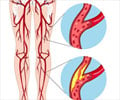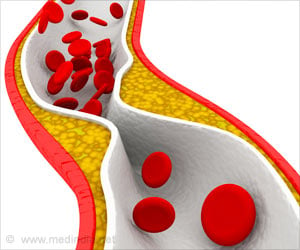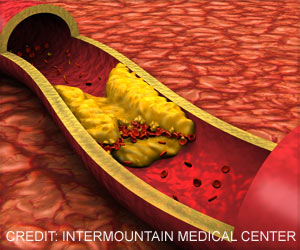Millions of peripheral artery disease patients don't receive adequate medications needed to reduce the risk of heart attack, stroke and death, finds research.

- Two in three, or about 5 million, are not taking cholesterol-lowering medications.
- Nearly three in four, or about 5.4 million, are not receiving angiotensin converting enzyme inhibitors or angiotensin receptor blockers, which are blood pressure-lowering medications.
- Two in three, or about 4.5 million, are not taking aspirin, which may reduce the risk of heart attack.
This can be treated with medications, exercise therapy or restoring blood flow by surgical revascularization procedures. The increased risk of fatal or non-fatal heart attacks and strokes for individuals with PAD can be modified by using medications, such as statins and aspirin, said Pande who is also an associate physician in the cardiovascular division of Brigham and Women's Hospital in Boston. In this study, researchers used a simple screening test ankle brachial index to identify whether people who have PAD, but no known heart disease, would benefit from medications to reduce the risk of cardiovascular events.
The ankle brachial index is a comparison between the blood pressure in an individual's arm and the blood pressure in their ankle. A low number indicates that the arteries in the legs might be narrowed, which impedes blood flow and can indicate a high risk of heart disease and stroke. Researchers studied data from 7,458 adults from 1999 to 2004, using the National Health and Nutrition Examination Survey, to determine how many of these asymptomatic individuals were not taking medications to lower their risk of heart attack and stroke, and whether taking these medications resulted in lower death rates.
The data used for this analysis did not provide information that would explain the reasons why these patients were not receiving the risk lowering therapies, but the study suggests that identification of PAD using ABI test screening might make physicians aware of the diagnosis of PAD and make them more likely to prescribe these medications.Pande noted that these findings are observational, which means the researchers analyzed existing data. The conclusions from this study need to be repeated in larger trials that are designed specifically to validate these results, before scientists and physicians can begin to examine how best to address the issue of providing risk lowering treatments for asymptomatic patients with PAD.
Source-Eurekalert

